In a city that has been rapidly losing its black middle class, challenges for those who remain are heightened by poverty, isolation and systemic bias. But how does a journalist do more than just report on the problem?
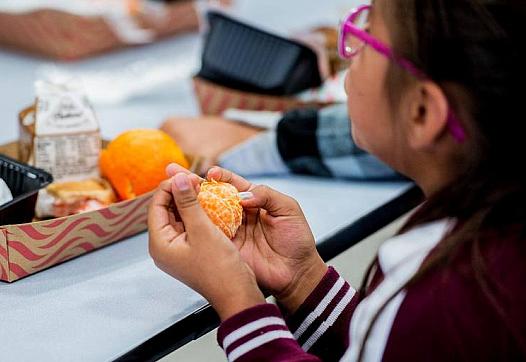
Chocolate milk and fruit juice accounts for about half of sugar consumed by district students, according to a Sun-Star analysis of breakfast and lunch nutritional data.
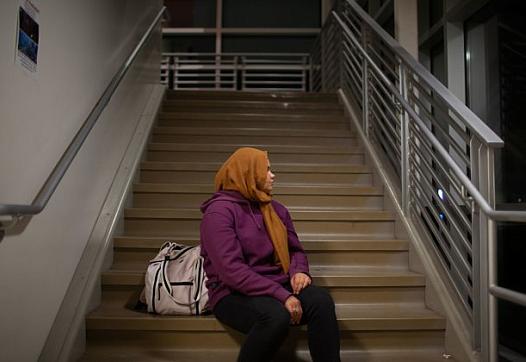
This story was produced as part of a larger project led by Deidre McPhillips, a participant in the USC Center for Health Journalism's 2018 Data Fellowship.
Other stories in this series include:
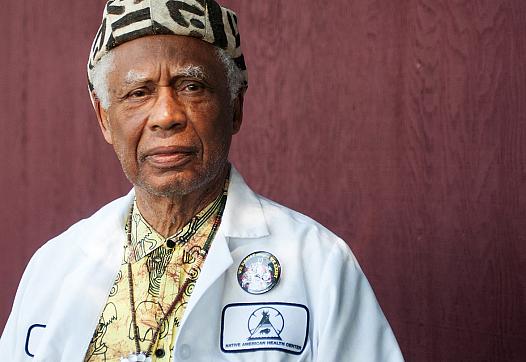
There was a lot going on in my head when I started reporting — was I the right person to write the story? I am not African American, and I did not know anyone with sickle cell.
As a journalist, I was out of my depth and definitely out of my comfort zone. But after weeks of furious planning I looked around the Hall of Culture — a gorgeous ballroom in San Francisco’s African American Art and Culture Complex — and realized we had pulled it off....

Over the last decade, Congress has repeatedly flagged the abominable conditions in the South Dakota facilities but they’ve failed to make meaningful change.
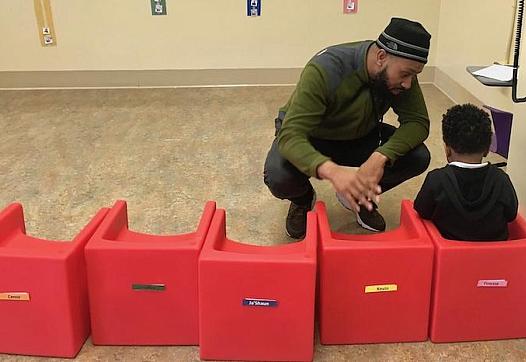
The series has received support from the Fund for Journalism on Child Well-Being, a program of USC's Center for Health Journalism....
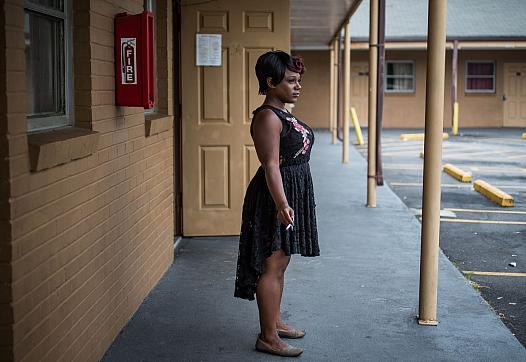
I met Ashley for the first time in March 2015 at a Noodles & Company in Indianapolis. Her adoptive father Craig Peterson had arranged the meeting. He initially reached out to me about an article I'd written, then shared bits of Ashley's story.

Ashley would be exploited, abused and, ultimately, abandoned by people who said they cared about her. And her invisible wounds would persist for decades.
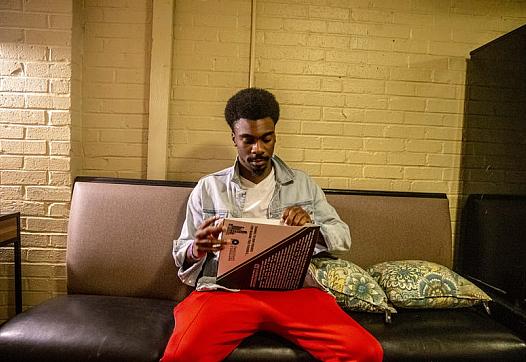
The suicide rate has grown faster for young black and Latino males in Texas over the last 10 years, a Dallas Morning News analysis of CDC data found.
